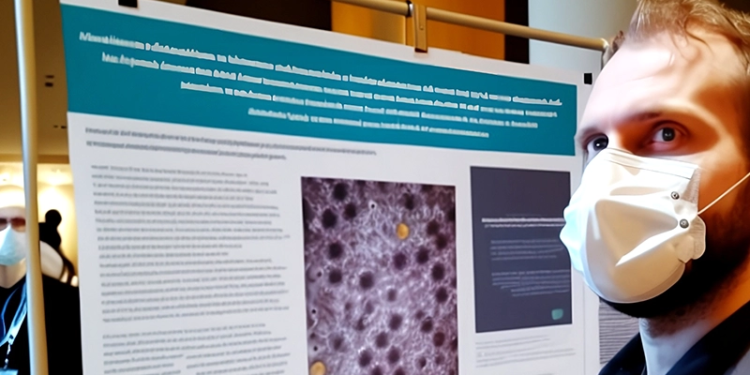According to research presented at the 2013 Annual Meeting of the American Academy of Orthopaedic Surgeons (AAOS) on March 19, a rehabilitation protocol designed for severely injured service members pursuing lower-limb salvage coupled with the custom-made, three-piece Intrepid Dynamic Exoskeletal Orthosis (IDEO), showed a return-to-duty rate that is about four times higher than those who did not undergo the protocol but only used the orthosis.
The rehabilitation “Return to Run” (RTR) protocol is an aggressive multidisciplinary rehabilitation program that begins when the patients are still in circular external fixation. It emphasizes strength, plyometrics, power, and agility training with the ultimate goal of return to running, return to sport, or return to military deployment after the healing process is complete.
The 115 RTR/IDEO patients began the protocol while they were still in circular external fixation and before they were fitted for an IDEO. Of that cohort, 51.3 percent returned to duty, while just 12.9 percent of the 31 patients who received the IDEO alone returned to active duty. This RTR return rate is higher than what has been previously reported for amputation, Type III open tibia fractures, and other types of routine orthopedic injuries, according to the researchers. Across both groups, soldiers whose injuries resulted from explosive mechanisms or gunshot wounds had significantly lower return-to-duty rates than did those whose injuries involved falls, motor vehicle collisions, and other miscellaneous injuries. Cause of injury had significant correlation with return to duty in the RTR group.
Editor’s note: This story was adapted from materials provided by the AAOS website.




